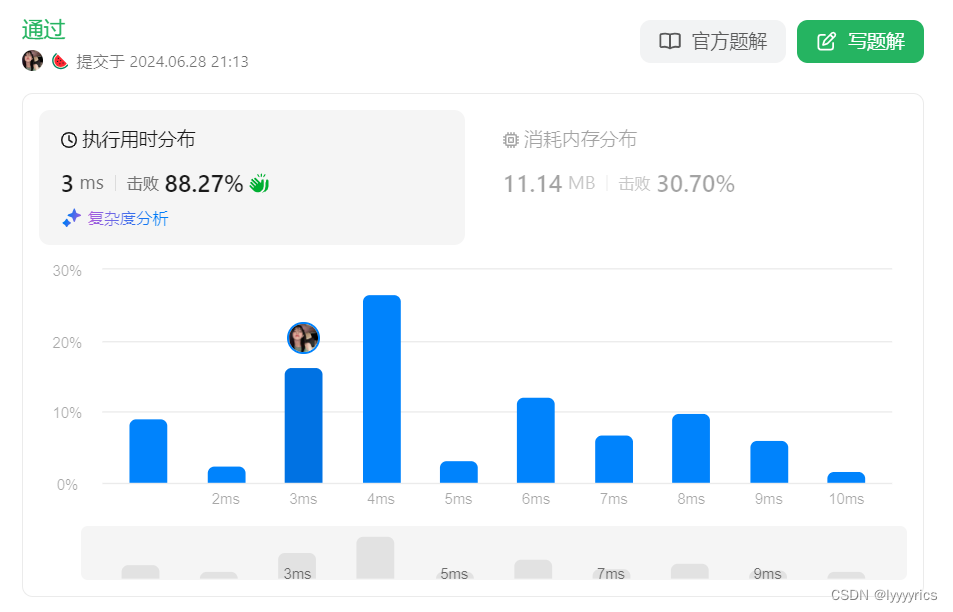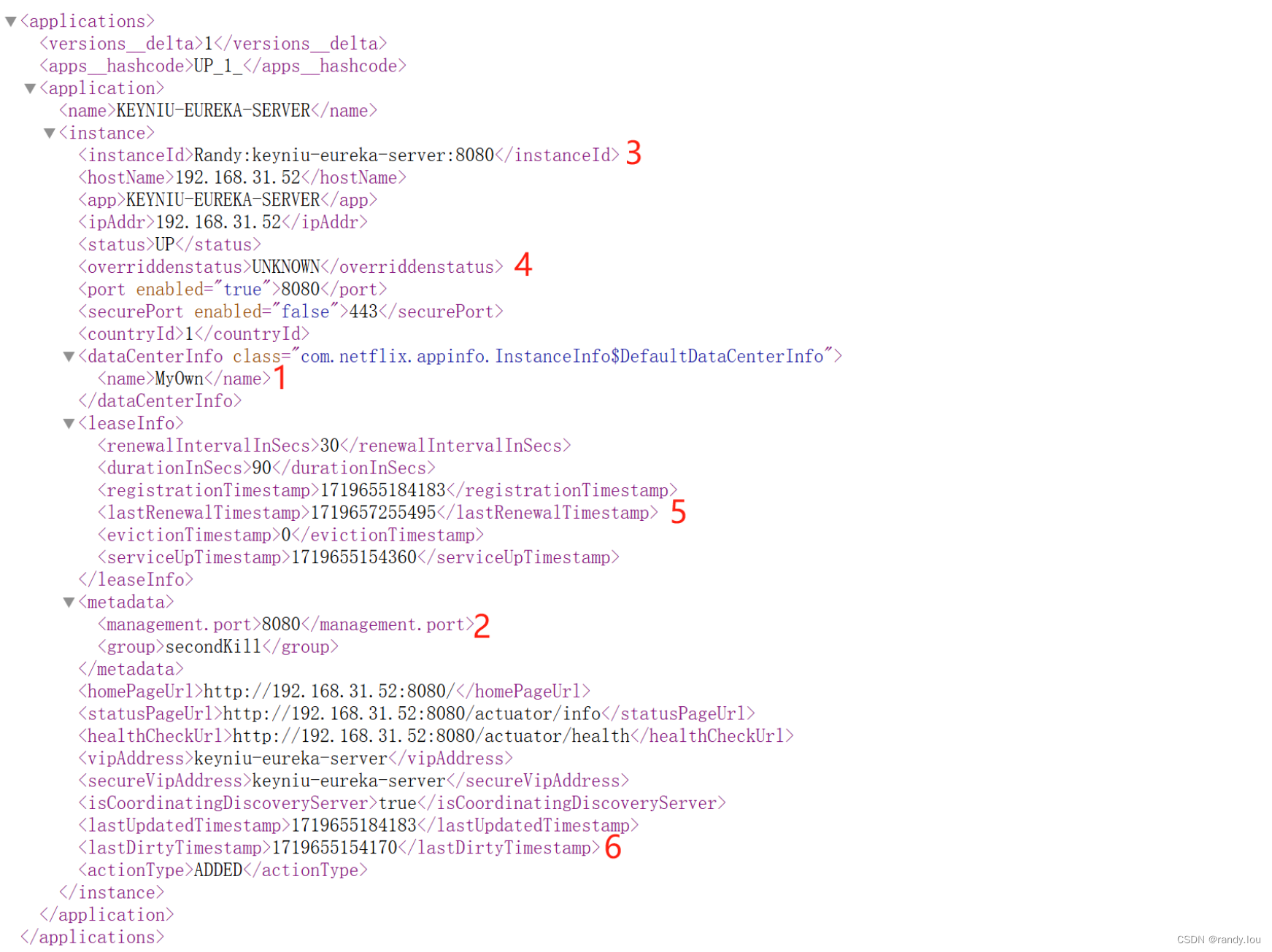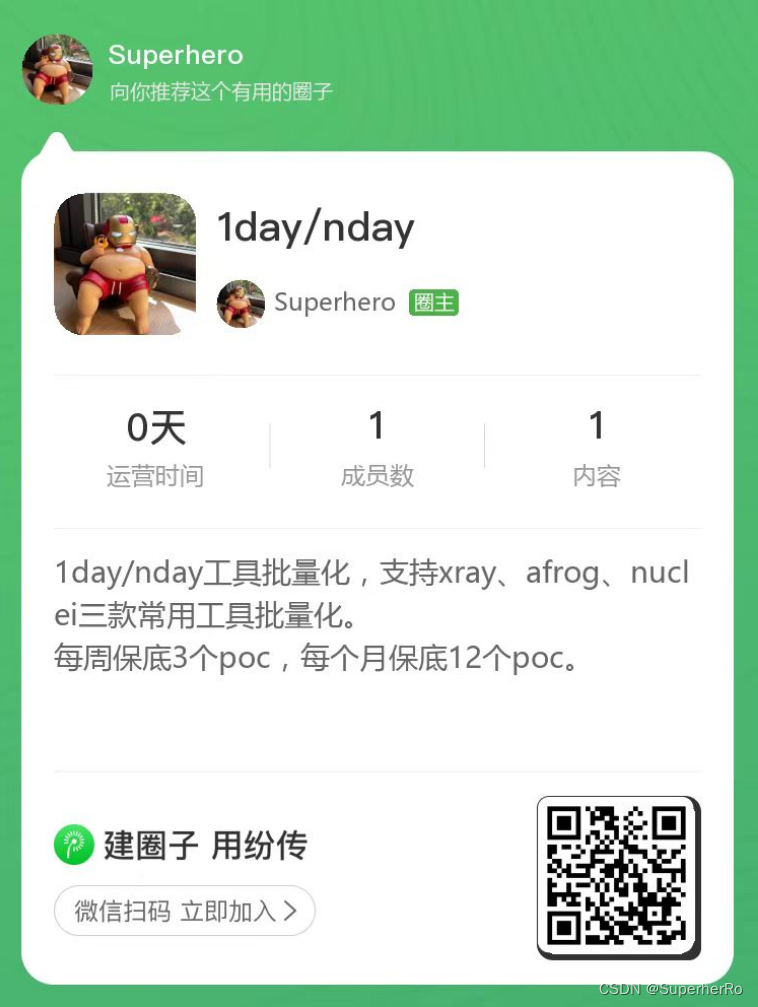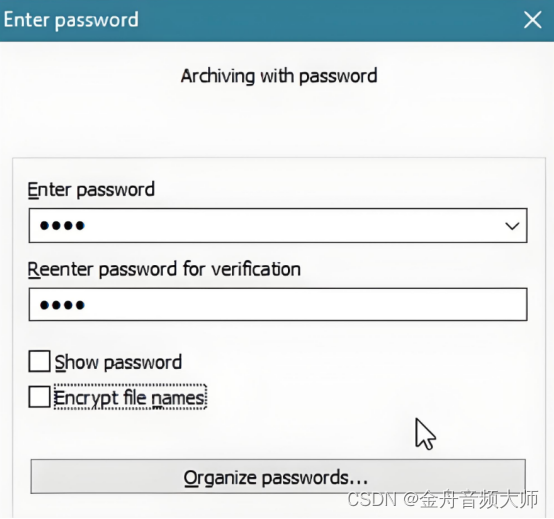1. 引言
大家好,今天我们来聊聊设计模式中的“独一无二”——单例模式。想象一下,我们在开发一个复杂的软件系统,需要一个全局唯一的配置管理器,或者一个统一的日志记录器;如果每次使用这些功能都要创建新的实例,不仅浪费资源,还可能导致数据不一致,那么,我们该怎么办呢?这时候,单例模式就派上用场啦!今天,我将带大家深入了解单例模式的概念、实现方法以及实际应用。准备好了吗?Let’s go!
2. 什么是单例模式
单例模式(Singleton Pattern)是一种创建型设计模式,它确保一个类只有一个实例,并提供一个全局访问点。就像世界上只有一个太阳,我们也希望某些对象在整个应用程序中只有一个实例。单例模式适用于需要全局唯一访问的资源,如数据库连接、配置管理器、日志记录器等。
3. 单例模式的实现
基本实现
在Python中,实现单例模式有多种方法,以下是一些经典的方法:
使用__new__方法,这是实现单例模式的常见方法之一:
class Singleton:
_instance = None
def __new__(cls, *args, **kwargs):
if not cls._instance:
cls._instance = super(Singleton, cls).__new__(cls, *args, **kwargs)
return cls._instance
def __init__(self):
self.data = "This is the singleton instance"
使用装饰器,装饰器可以让实现单例模式更加简洁和复用:
def singleton(cls):
instances = {}
def get_instance(*args, **kwargs):
if cls not in instances:
instances[cls] = cls(*args, **kwargs)
return instances[cls]
return get_instance
@singleton
class Singleton:
def __init__(self):
self.data = "This is the singleton instance"
使用元类,元类控制类的创建过程,可以用来实现单例模式:
class SingletonMeta(type):
_instances = {}
def __call__(cls, *args, **kwargs):
if cls not in cls._instances:
cls._instances[cls] = super(SingletonMeta, cls).__call__(*args, **kwargs)
return cls._instances[cls]
class Singleton(metaclass=SingletonMeta):
def __init__(self):
self.data = "This is the singleton instance"
改进的实现
多线程环境中的线程安全,为了在多线程环境中确保线程安全,可以使用线程锁:
import threading
class Singleton:
_instance = None
_lock = threading.Lock()
def __new__(cls, *args, **kwargs):
with cls._lock:
if not cls._instance:
cls._instance = super(Singleton, cls).__new__(cls, *args, **kwargs)
return cls._instance
def __init__(self):
self.data = "This is the singleton instance"
详细代码解析:
_instance类变量用于存储单例实例,它在类的整个生命周期内唯一;__new__方法是实例创建的关键,当_instance为空时,调用父类的__new__方法创建实例并保存到_instance中;__init__方法初始化实例的数据,虽然__init__方法在每次创建实例时都会被调用,但由于我们只创建一次实例,重复调用__init__不会影响单例的状态;singleton是一个装饰器函数,用于装饰目标类cls;SingletonMeta是一个元类,用于控制Singleton类的实例化过程;_lock是一个线程锁,用于确保在多线程环境下,只有一个线程能够创建实例;with cls._lock语句在__new__方法中使用锁,确保只有一个线程能够进入创建实例的代码块。
4. 单例模式的应用场景和实例
示例一:配置文件管理
在应用程序中,配置文件通常需要全局访问且不应被重复加载,使用单例模式可以确保配置管理器只有一个实例,从而避免重复加载配置文件:
class ConfigurationManager(Singleton):
def __init__(self):
if not hasattr(self, 'config'):
self.config = {}
def set_config(self, key, value):
self.config[key] = value
def get_config(self, key):
return self.config.get(key, None)
使用示例:
config_manager = ConfigurationManager()
config_manager.set_config("api_url", "https://api.example.com")
print(config_manager.get_config("api_url"))
示例二:日志记录
日志记录器是单例模式的经典应用之一,通过确保日志记录器的唯一性,我们可以统一管理日志输出,避免多个日志实例之间的混乱:
import logging
class Logger(Singleton):
def __init__(self):
if not hasattr(self, 'logger'):
self.logger = logging.getLogger('singleton_logger')
handler = logging.StreamHandler()
formatter = logging.Formatter('%(asctime)s - %(name)s - %(levelname)s - %(message)s')
handler.setFormatter(formatter)
self.logger.addHandler(handler)
self.logger.setLevel(logging.INFO)
def log(self, message):
self.logger.info(message)
使用示例:
logger = Logger()
logger.log("This is a log message.")
5. 单例模式的优缺点
优点
- 控制实例数量:确保一个类只有一个实例,节省资源;
- 全局访问点:提供一个全局访问点,方便管理和使用。
缺点
- 不易扩展:由于单例模式限制了实例的数量,可能不利于扩展;
- 隐藏依赖关系:单例模式通过全局访问点使用实例,可能导致代码依赖关系不明确,不利于测试。
6. 图示
- 带线程锁的单例模式的UML图:
+----------------+
| Singleton |
+----------------+
| - _instance |
| - _lock |
+----------------+
| + getInstance()|
+----------------+
- 单例模式的示意图:

7. 总结
单例模式是一种简单而强大的设计模式,确保一个类只有一个实例,并提供全局访问点。在实际开发中,单例模式广泛应用于配置管理、日志记录等场景,通过合理地使用单例模式,我们可以有效管理和优化资源,确保系统的一致性和稳定性。
希望今天的分享能让大家对单例模式有更深入的理解,如果你在项目中也使用了单例模式,欢迎留言分享你的经验和见解!




















